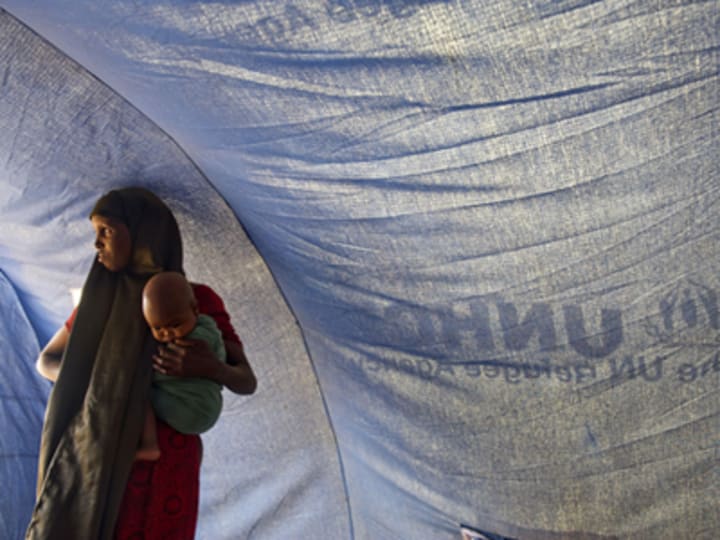
By Nicholas Rutherford, event director of AidEx
Building appropriate shelter for refugees or displaced people is a deceptively straightforward process. The endless images of dusty tents which TV and social media routinely churn out emphasize the basic truth that people have lost their homes and need some form of emergency shelter quickly. But they have also become a metaphor for upheaval, transience and (often, but not always) despair.
And this is where the complexity kicks in because while nothing suggests transitional or temporary like a tent, many people who have been forced to flee their homes need a place to live that is robust enough to endure well beyond the first few weeks after an emergency.
At the moment, a large number of suppliers still provide emergency shelters that do a great job in the short term, but have a shelf life of three to six months, particularly in hot climates. After that, they often simply become waste.
This is unsettling when we know that resources are shrinking and the environmental impact of crises and disasters also needs to reduced. Combine that with the effects of extreme weather and it is unsurprising that relief organizations including the International Committee of the Red Cross and the Office of the U.N. High Commissioner for Refugees have been asking suppliers to find alternative, more sustainable and more comfortable forms of shelter.
To highlight this, we have introduced an area at AidEx, called Shelter Zone, showcasing cutting-edge products alongside more traditional tents and structures.
And the need for greater choice amidst increasing complexity is reflected in the kinds of entries we’ve seen for this year’s Aid Innovation Challenge. It’s no surprise that several of the finalists who have been shortlisted are looking at clever ways to improve shelter in disaster and conflict zones. For example, U.K. firm Dytecna has developed an automated decision support system which gathers data and suggests the most suitable shelter option to the time-pressured emergency response worker. This kind of support will not only save lives but also makes better use of aid agencies’ money and resources.
Emergency shelter also carries social connotations, in that tents and other structures have sometimes been associated negatively with slums, or social destabilization and pressure within a host country or region. Think of some of the media portrayals of the 2.1 million Syrian refugees in Lebanon, Jordan and Turkey. And currently 1 billion people worldwide live in slums; this figure will likely grow to 2 billion by 2030.
BestNet’s entry to the Aid Innovation Challenge — the Lifeshelter — seeks to address some of these issues by providing users with an attractive, comfortable alternative to the typical corrugated iron-sheeted roof structures that architecturally seem to define slums. The environmental and cost benefits of the shelters are huge because they meet both immediate emergency needs and can be reused for well-insulated permanent dwellings further down the line. There is even a plan to ultimately localize the production process, meaning the people most likely to use them will have some say over how they are produced.
It’s this type of smart thinking that breaks the cycles of poverty that can often trap refugees and displaced people.
World Habitat Day 2013 is taking place Oct. 7 and highlights the basic right of all people to adequate shelter. This year, we are closer to achieving this goal — through embracing technology advancements and ensuring short-term solutions can support long-term growth.
Read more development aid news online, and subscribe to The Development Newswire to receive top international development headlines from the world’s leading donors, news sources and opinion leaders — emailed to you FREE every business day.




